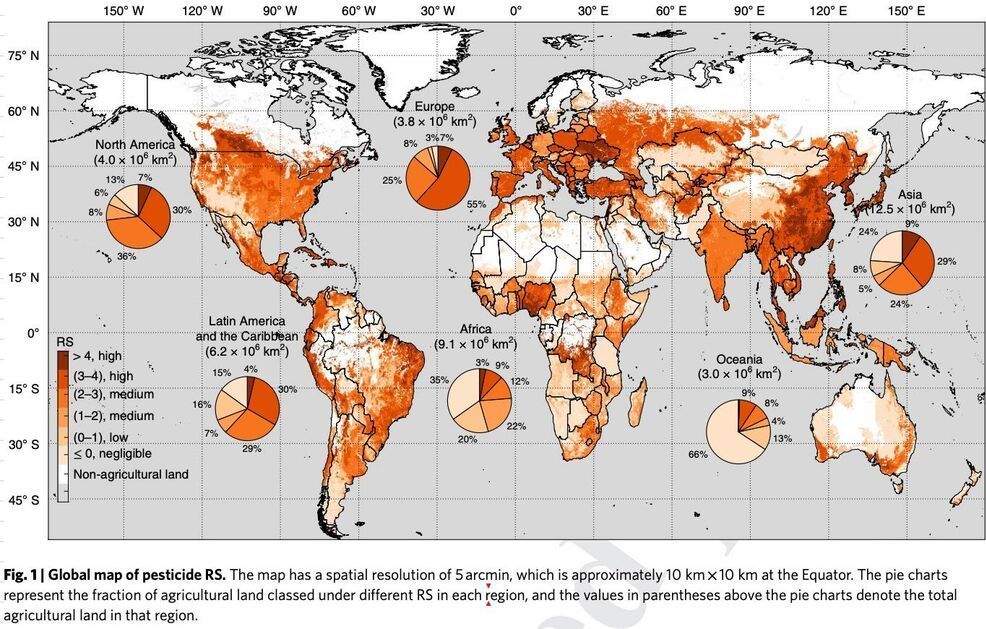# **A Portable, Self-Contained Neuroprosthetic Hand with Deep Learning-Based Finger Control**
Nguyen et al.: https://arxiv.org/abs/2103.
#Robotics #ArtificialIntelligence #HumanComputerInteraction

# **A Portable, Self-Contained Neuroprosthetic Hand with Deep Learning-Based Finger Control**
Nguyen et al.: https://arxiv.org/abs/2103.
#Robotics #ArtificialIntelligence #HumanComputerInteraction

“Because contrast suppression is orientation-specific and relies on cortical processing, our results suggest that people experiencing a major depressive episode have normal retinal processing but altered cortical contrast normalization,” write the researchers in their paper.
We know that depression is linked to variations in the way our brains are wired, but new research suggests that people who are going through a depressive episode actually see the world around them differently.
And the team behind the study hopes that a better understanding of how visual information is processed in the brains of people with depression could help to inform our treatment approaches in the future.
The researchers wanted to analyze how the cerebral cortex – responsible for receiving messages from the five senses – handled an optical illusion, testing it out with 111 people who were experiencing major depressive episodes and 29 people who weren’t.

Japan is becoming the latest country to issue digital vaccine passports, according to a report, allowing citizens to use proof of inoculation to travel internationally once again.
The digital passport will be available through a mobile app and will be linked to the government’s vaccination program, Japanese news outlet Nikkei Asia reported. Vaccinated citizens currently receive a certificate in paper format.
The passport is in talks to be added to an app that is expected to debut next month as a means to show negative test results.

“Our study has revealed 64 percent of the world’s arable land is at risk of pesticide pollution. This is important because the wider scientific literature has found that pesticide pollution can have adverse impacts on human health and the environment,” said Dr. Tang.
There is concern that overuse of pesticides will tip the balance, destabilize ecosystems and degrade the quality of water sources that humans and animals rely on to survive.
The future outlook
Global pesticide use is expected to increase as the global population heads towards an expected 8.5 billion by 2030.
Following on from the video last week all about mTOR, this week I have got one on AMPK. This is yet another protein that has an enzymatic role in the cellular energy systems that keeps us all alive and well, and it performs a natural balancing act with mTOR. As with all the systems in our body, a natural balance is essential for harmony, do we feast or fast, do we exercise hard or relax and meditate, do we sleep as many hours as possible or as few as we can get by on, should our body concentrate on growth or repair? It can all seem like a mine field, so it is often good to start with the essentials to make sure you have a good grasp of what they are, before you venture out of your depth. Hopefully this video will help shed some light these areas so you can find the right routine to help you strike a balance.



New concept delivers continuous electricity with an approach that reduces cost and risk
San Diego, March 29, 2021 – Fusion energy is heating up. In the past few months, both the U.S. Department of Energy’s (DOE) Fusion Energy Sciences Advisory Committee (FESAC) and the National Academies of Sciences, Engineering, and Medicine (NASEM) released reports calling for aggressive development of fusion energy in the U.S.
Now, scientists at the DIII-D National Fusion Facility have released a new design for a compact fusion reactor that can generate electricity and help define the technology necessary for commercial fusion power. The approach is based on the “Advanced Tokamak” concept pioneered by the DIII-D program, which enables a higher-performance, self-sustaining configuration that holds energy more efficiently than in typical pulsed configurations, allowing it to be built at a reduced scale and cost.

The renewable energy experts at Jackery are up to their usual tricks and announced a new line of solar generator products on Jackery Day that open up a completely new range of possibilities.
They sent us their Solar Generator 1500 with two of their slick 100 watt folding Solar Saga panels to run through the paces. On paper, the new Jackery Explorer 1500 Portable Power Station battery was impressive, with its massive 1.5kWh capacity and increased power output capabilities.

Virgin Galactic passengers won’t circle Earth like astronauts aboard the International Space Station do. But they will get to experience a few minutes of weightlessness and see the curve of Earth against the blackness of space. More than 600 people have booked a ride to date, at a price (most recently) of $250000 per seat, company representatives have said.
VSS Unity has company.